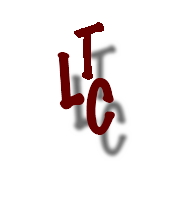Figures de l'enfant freudien
Résumé
Si l’enfance est capitale à la découverte freudienne de l’inconscient, la présence de l’enfant, des enfants est relativement discrète dans l’œuvre de Freud. Si la psychanalyse est pourtant essentiellement d’ascendance et d’inspiration infantiles, l’enfant et l’infantile ne coïncident pas. Ce n’est pas l’enfance qui est analytique, c’est l’infantile ; ce avec quoi travaille le psychanalyste n’est pas l’enfance, mais le refoulé. L’enfant phénoménologique, dans sa contemporanéité avec lui-même, n’a pas encore subi l’amnésie infantile qui lui tiendra lieu d’inconscient. L’empreinte de l’enfance freudienne a durablement marqué l’histoire de la psychanalyse, tout comme les doubles métonymiques de Freud que sont Goethe et Léonard de Vinci ou son petit fils Ernestl.
If childhood is crucial to the Freudian discovery of the unconscious, the presence of the child, of children, is relatively discreet in Freud's work. Psychoanalysis is essentially of infantile ascendancy and inspiration, yet the child and the infantile do not coincide. Childhood is not per se analytical, while the infantile is ; what the psychoanalyst works with is not so much childhood as the repressed. The phenomenological child, in his contemporaneity with himself, has not yet undergone the infantile amnesia that will constitute the unconscious as such. The imprint of Freudian childhood has left a lasting mark on the history of psychoanalysis, as well as Freud's metonymic doubles, such as Goethe and Leonardo da Vinci or his grandson Ernestl.
Mots-clés

